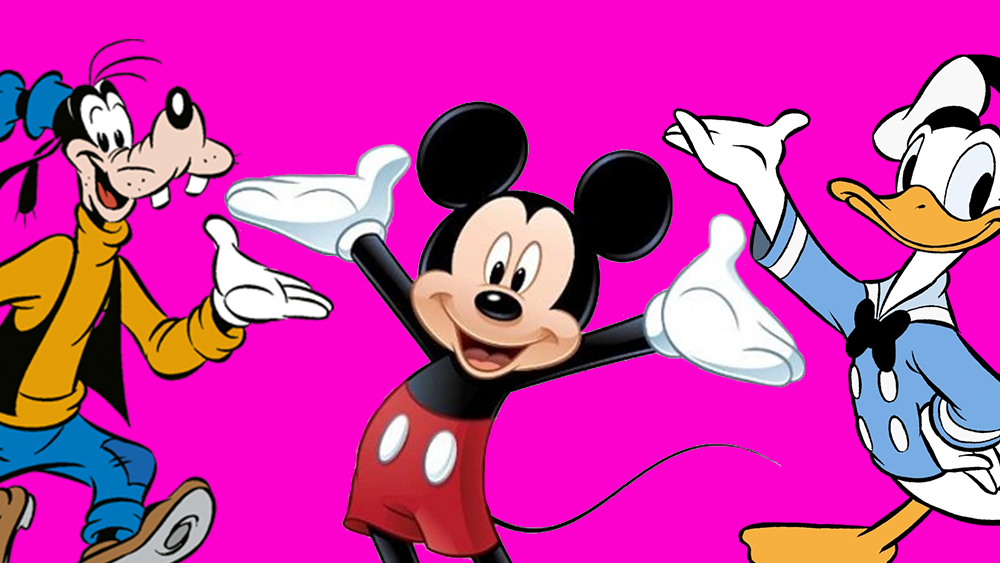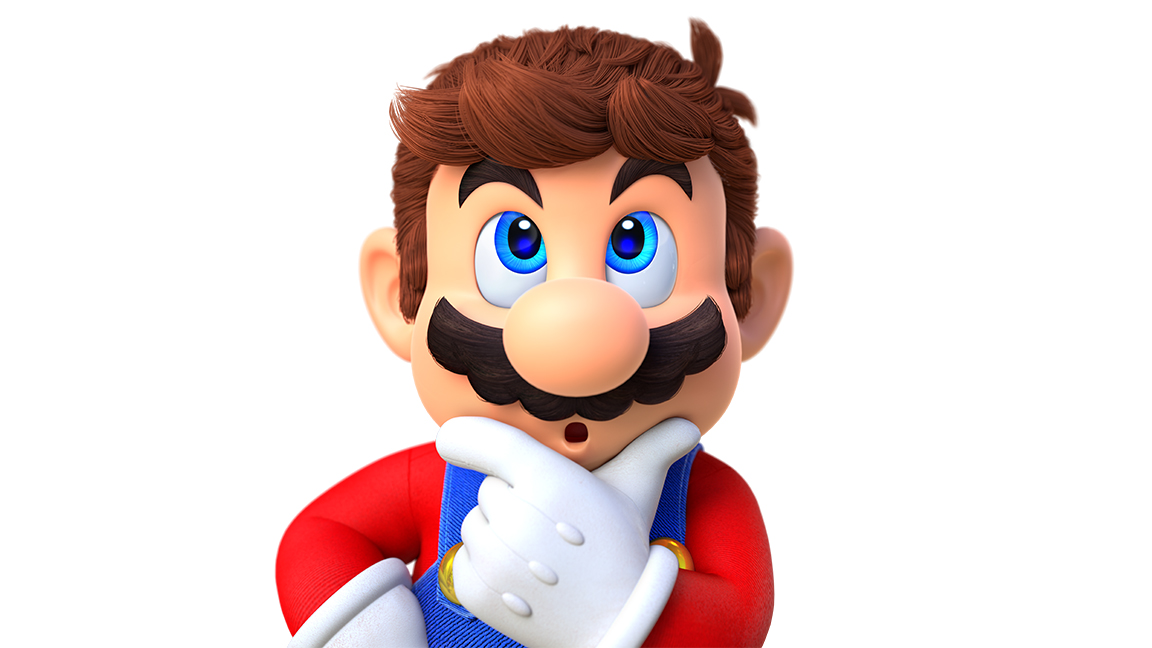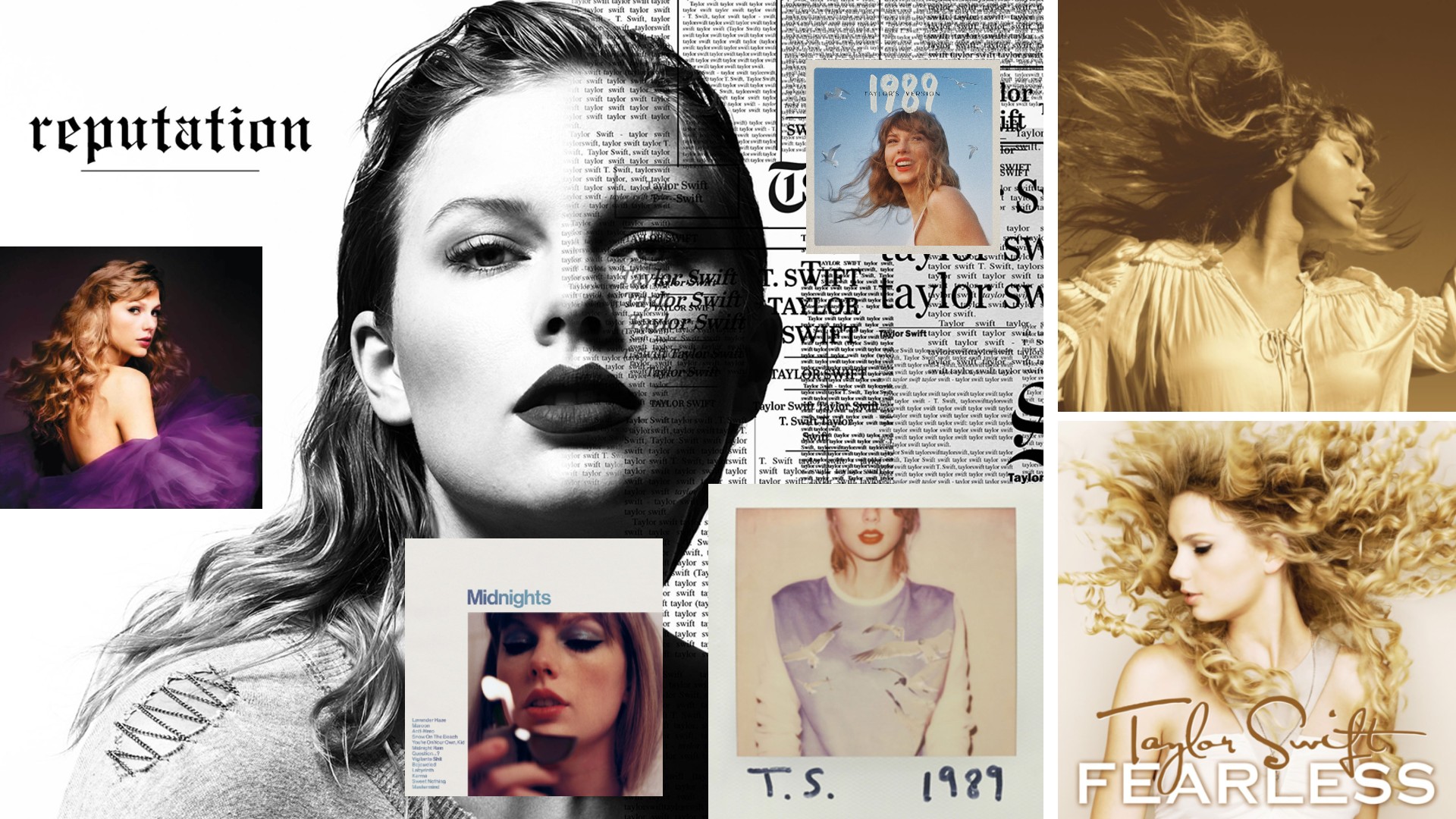
Disney's Mickey Mouse is one of the world's most-loved animated characters. He's appeared in over 121 theatrical cartoons in the decades since his creation in 1928. But have you ever stopped to wonder why Mickey Mouse wears white gloves?
It's not just Mickey either. Disney characters from Donald Duck and Goofy to Roger Rabbit favour the same sartorial accessory. And plenty of other studio's characters too, from Hanna and Barbera's Tom (from Tom and Jerry) to Warner Bros's Bugs Bunny and Universal's Woody Woodpecker. In the golden age of cartoons, almost no self-respecting humanised animal would be seen dead without a pair of immaculate white gloves even if they were otherwise naked (see our expert character design tips).

The tune gloves tradition seems to have been started by Mickey Mouse in Disney's The Opry House in 1929, and it has persisted in everything from Krusty the Clown in The Simpsons to glove-wearing video game characters like Mario and Sonic. But our favourite characters aren't all on their way to an old-school rave reunion. The tradition apparently comes from vaudeville shows, and more specifically from minstrel performances.
It turns out that Disney's The Opry House provided the answer all along. Mickey only dons white gloves when he takes to the stage to perform in a vaudeville show.
Vox notes that Nicholas Sammond's book Birth of an Industry: Blackface Minstrelsy and the Rise of American Animation describes how early animators would perform at vaudeville shows and would also study and draw minstrels – mostly white actors who would wear blackface makeup when they performed. “Mickey Mouse isn’t like a minstrel; he is a minstrel,” Sammond writes.
Minstrels would wear white gloves so that their hands would stand out on stage. At a time when cartoons were made in black and white, animators realised that the same principle could help cartoon characters' hands stand out from their bodies in all positions.
Gloves had other benefits too. Animation today tends to be more detailed, but the rubber hose approach of early cartoons involved simplifying anatomy. Gloves helped since they didn't require as much precision as hands. They also distracted from the weirdness of animal characters with human hands instead of paws – often with only three fingers a thumb so there were fewer digits to animate. And so, after taking inspiration from a very regrettable form of entertainment, the white gloves have persisted, partly due to practicality and partly due to tradition.
Get the Creative Bloq Newsletter
Daily design news, reviews, how-tos and more, as picked by the editors.
For more surprises from the world of classic cartoons, see our roundup for Disney animation secrets and these shocking original Disney character designs. And if you want to animate yourself, read our guide to the best animation software available now.

Thank you for reading 5 articles this month* Join now for unlimited access
Enjoy your first month for just £1 / $1 / €1
*Read 5 free articles per month without a subscription

Join now for unlimited access
Try first month for just £1 / $1 / €1

Joe is a regular freelance journalist and editor at Creative Bloq. He writes news, features and buying guides and keeps track of the best equipment and software for creatives, from video editing programs to monitors and accessories. A veteran news writer and photographer, he now works as a project manager at the London and Buenos Aires-based design, production and branding agency Hermana Creatives. There he manages a team of designers, photographers and video editors who specialise in producing visual content and design assets for the hospitality sector. He also dances Argentine tango.
